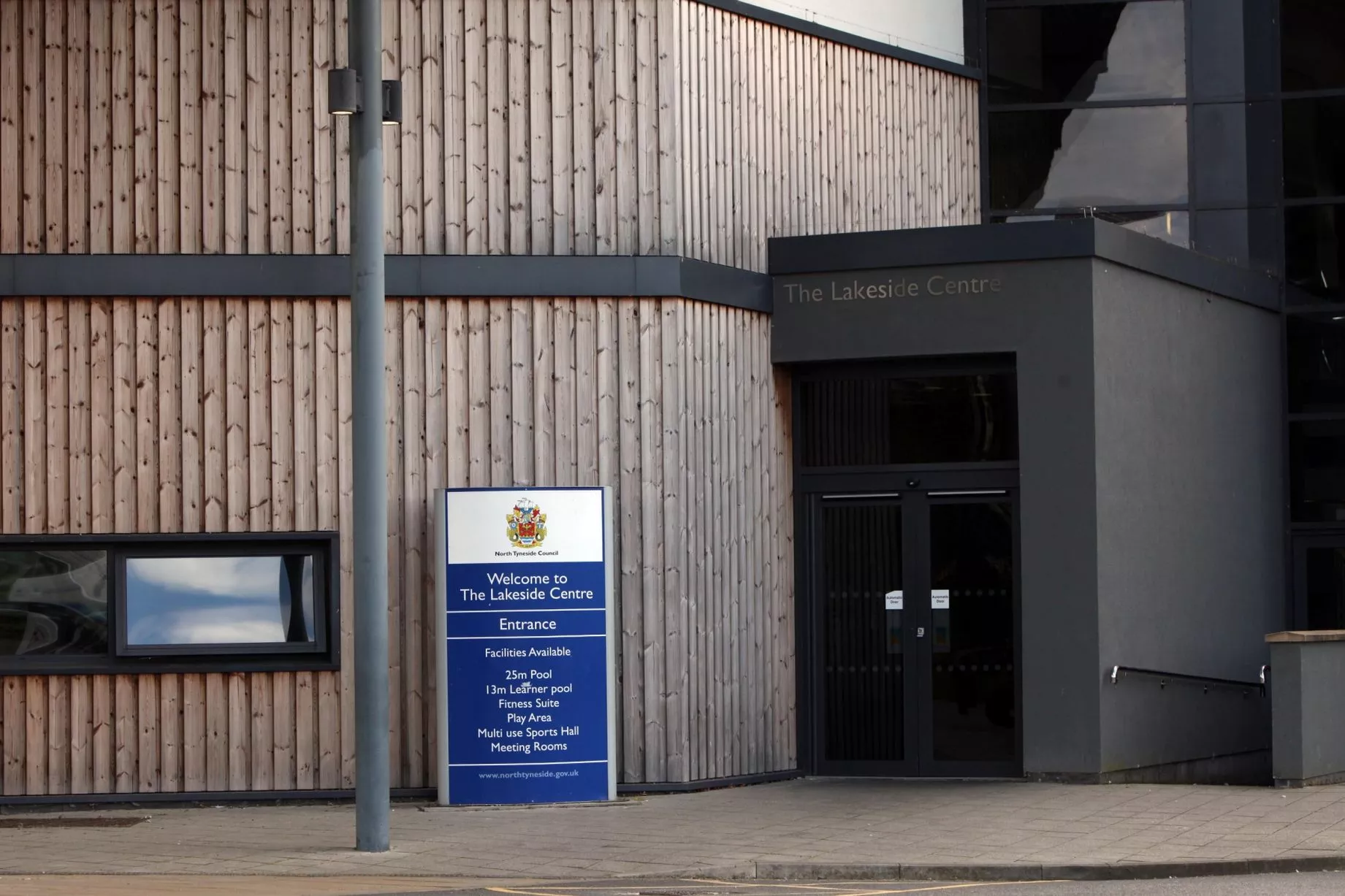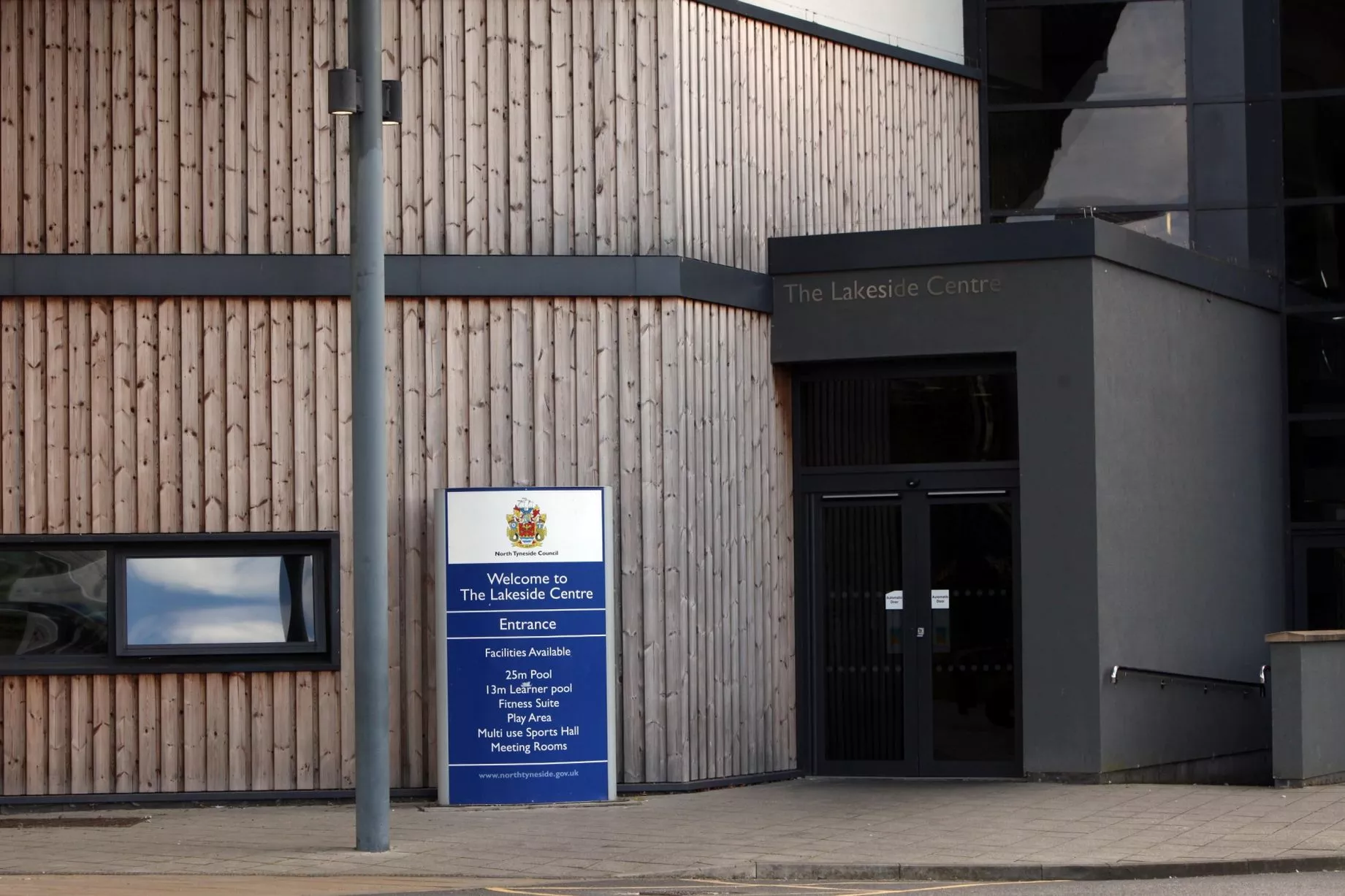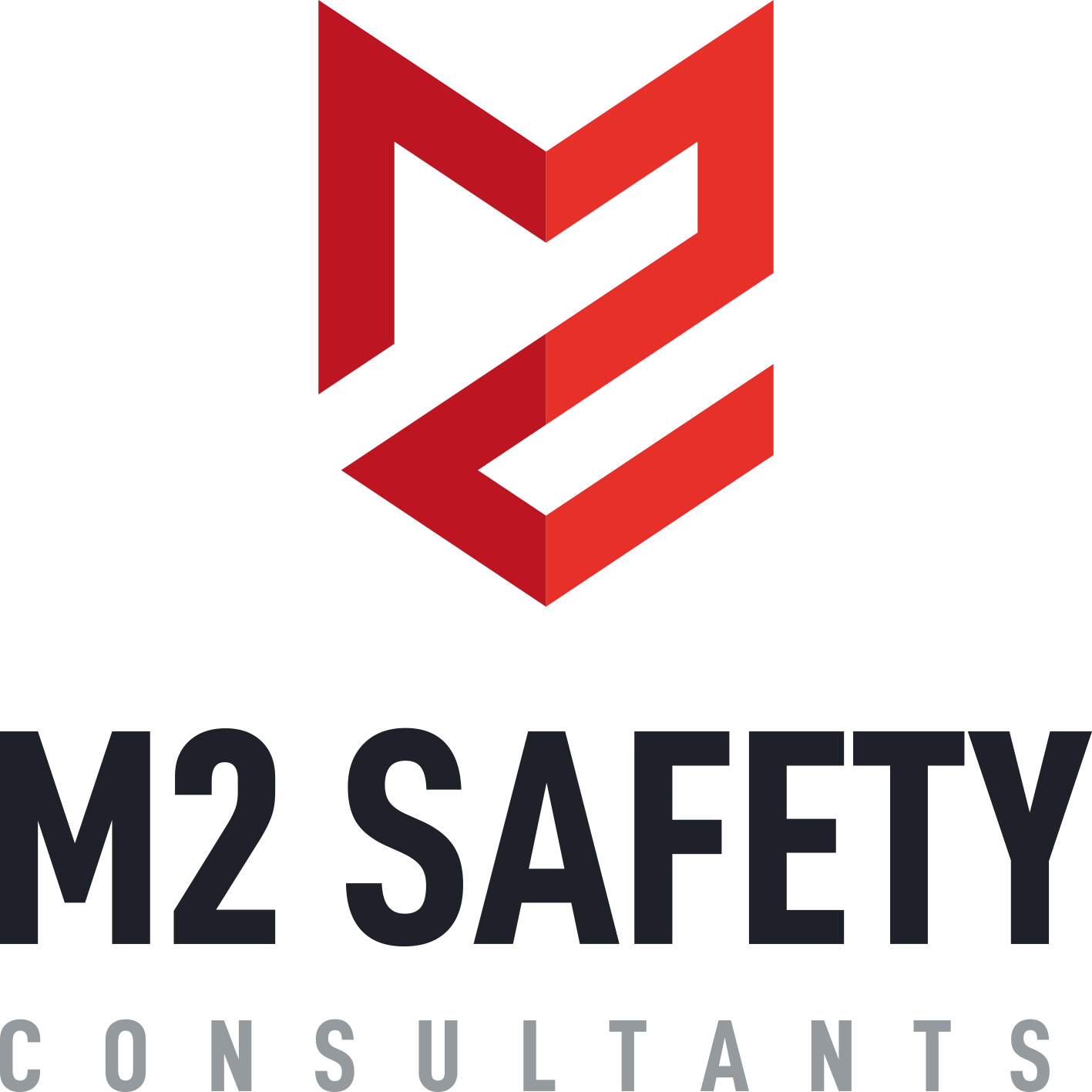Title Page
-
Site conducted
-
Conducted on
-
Prepared by
-
Location
General Requirements
-
Are all actions from previous inspections completed?
-
Are WHS safety management system documents accessible?
-
Are incident/accident reporting procedures available?
-
Are immediately visible safety risks which workers may be exposed to being addressed?
-
Are safety signs visible and in good condition?
-
Is information of the emergency team clearly visible?
Entry and Exits
Entry and Exits
-
Are all doorways, walkways and floor surfaces in good condition, non-slip, free of any tripping hazards as well as being clear of any obstacles?
-
Are exit signs clearly visible?
-
Are emergency exits and passageways free from obstructions?
-
Are ramps and/or stairways in good repair and free from hazards?
-
Are handrails on stairways sturdy and in good condition?
-
Do vehicle entrances and exits have clear vision to other vehicles and pedestrians?
-
Is the car park area marked well (e.g. signs, arrows, one way) to minimise the risk of injury from vehicle movement?
-
Do door locks operate correctly?
-
Are walkways and shelving adequate width for user access? e.g. wheelchairs
Amenities/ Workplace Cleanliness and Hygiene
-
Is the environment clean and tidy (free of slip/trip hazards)?
-
Is the workplace and any amenities (e.g. kitchen, toilet) kept in a clean and hygienic state?
-
Are lockers or lockable drawers provided for personal belongings?
-
Where dining facilities are available, can the space accommodate all persons likely to be eating during meal breaks?
-
Are dining facility chairs in good condition “ without any obvious damage?
-
Is there a hygienic means of sanitary disposal available and maintained for female workers?
-
Do workers have access to running water or an adequate supply of clean water along with soap and hand drying facilities?
-
Is there access to an adequate supply of clean drinking water?
-
Do facilities provide a refrigerator, sink and facility for boiling water?
WORKSTATION / OFFICE / STORAGE ENVIRONMENTS
-
Do the office chairs have at least a 5-point base?
-
Do task chairs provide appropriate support to the lower back (lumbar region)?
-
Can the seat height and lumbar support of office task chairs be adjusted?
-
Do all chairs used on smooth surfaces (i.e. non- carpeted areas) either have friction castor wheels or no wheels at all?
-
Is there sufficient space for work to be carried out at a desk, if required? (clear of rubbish)
-
Is all equipment and furniture maintained in a good condition?
-
Have all workers completed an ergonomic assessment, if required? (office location only)
-
Is storage space adequate, in good condition and being used safely?
-
Are filing cabinets, shelves and cupboards secured and safe from tipping over?
-
Is access adequate around stacked/stored materials/areas kept free of rubbish?
BUILDING AND PRECINCTS / VENTILATION
-
Is there an adequate supply of clean air (e.g. ventilation or system for heating/cooling)?
-
Do air-conditioning filters/vents appear clean and free from dust and dirt?
-
Are external areas within the confines of the site safe and free from hazards?
-
Are the gates and fences in good repair and free from hazards?
-
Area ramps and/or stairs and handrails in good repair and free of slip/trip/fall hazards?
ELECTRICAL
-
Is the power supply protected by fixed RCD (safety switch)?
-
If no, are portable RCDs used/supplied? If in doubt, ensure you use portable RCDs
-
Is the electrical test and tagging within the testing date ranges? (e.g. look for dates on tags)
-
Is electrical equipment in visibly safe condition? (e.g. no exposed wiring)
-
Are leads/computer cabling properly secured which prevents any tripping hazards?
-
Are power points and switches free from visible damage or fault?
-
Are electrical cords kept clear of water and water outlets?
-
Are power boards used instead of double adaptors or 'piggy back' plugs?
-
Are all identification points on electrical switches (e.g. power points, light switches) legible?
EMERGENCY PLANS & FIRE PREVENTION
-
Are fire systems in place (extinguishers, blankets, alarms, detectors, hoses)?
-
Is there a written emergency plan covering relevant emergency situations with clear emergency procedures accessible to everyone?
-
Is there an Emergency Evacuation Diagram with emergency contact details current and appropriately displayed?
-
Does the plan illustrate the location of fire protection equipment, emergency exits and assembly points?
-
Are there fire extinguishers with test tags indicating they have been checked in the last 6 months?
-
Do the fire extinguishers show they are fully charged (green in gauge)?
-
Are fire extinguishers and hoses free from obstruction and do they have signs?
-
Are you able to hear alarms when activated?
-
Are emergency drills carried out regularly?
-
Are exit doors identified, open easily from inside and clear from obstructions?
LIGHTING AND MANUAL HANDLING
-
Are normal light fittings operational (e.g. not flickering)?
-
Is the lighting provided adequate and appropriate for the tasks performed by every person at work and safe movement around the site (natural and artificial)
-
Are all overhead fittings secure and not at risk of falling?
-
Are Emergency Exit lights (if installed) operating correctly? (i.e. not flickering and fully lit)
-
Are manual handling aids (e.g. sack trucks, trolleys etc) available where there is an identified need and in good condition?
-
Are the manual handling aids suitable for the needs or task performed?
-
Are the manual handling aids maintained in good working condition?
FIRST AID
-
Are workers working at this location aware of who is the trained first aider?
-
Is there a first aid kit in an easily accessible and prominent place?
-
Is there signage that shows the specific location of and direction to, the first aid kit(s)?
-
Are the contents of the first aid kit complete, in good order and within expiry dates?
-
Is there any evidence that the first aid kit(s) are regularly maintained and replenished as required?
-
Are all the contents of the kit accounted for?
-
Can you access emergency contact details within the vicinity of the first aid kit?
-
Do all work owned vehicles contain a first aid kit?
-
Where there is a defibrillator available is it, clearly marked and accessible?
-
Have likely infection hazards been identified and risk controlled?
-
If installed, are deluge showers or eye wash facilities regularly maintained?
PERSONAL PROTECTIVE EQUIPMENT (PPE)
-
Do workers have access to (D/N) High Visibility Safety Vests?
-
Are safety glasses and ear protection available and in good condition/replaced where required?
-
Where equipment has an expiry date is it within date? (e.g. safety helmets etc)
-
Is issued PPE regularly cleaned and/or replaced, maintained and stored in good condition? (e.g. high visibility garments, specialist air respirators, heavy duty leather gloves etc)
-
Is the PPE provided appropriate for the nature of the particular hazard and work?
-
Is sunscreen 30+UV provided to workers required to work outdoors?
-
Are there signs to identify clearly where PPE is required?
PREVENTION OF FALLS
-
Is appropriate safety equipment available to allow workers to work at heights? (e.g. step ladders that meet Australian Standards)
-
Is the appropriate equipment maintained correctly and in good condition?
-
Is the equipment stored in a safe manner?
-
Are step stools of solid construction?
PLANT AND EQUIPMENT
-
Are trolleys and lifting aids available to assist with manual handling and are these in good working condition?
-
Are items of plant to be used in serviceable condition and safe (not damaged, SOPs in place, guards in place, emergency stops in place, etc)?
-
Is there clearly identified and adequate work space around machines?
-
Are hand tools (electric, pneumatic, hydraulic) properly maintained, stored and tested, in serviceable condition?
-
Are cranes/hoists in safe condition (marked with safe loads, controls and isolators clearly marked, sling ropes in good condition, warning devices functioning)?
-
Are forklift trucks and other powered mobile plant in good condition (safe working loads, controls, alarm, warning lights and licensed operators)?
-
Are lock out, tag out procedures used to identify and isolate plant that is unsafe?
CHEMICAL/ HAZARDOUS MATERIALS MANAGEMENT
-
Is there a chemical register available for all chemicals kept in the area?
-
Are safety data sheets (SDS) available for all chemicals?
-
Are all chemicals stored correctly?
-
Are gas cylinders safe (properly secured, not freestanding, signed, separate from other gases where required, gauges fitted with flashback arrestors etc)?
-
Are chemical containers clearly labelled?
-
Are compressed air outlets marked with warning notices?
-
Are arrangements in place to handle hazardous/chemical waste and general rubbish separately?
-
Is the appropriate signage posted to indicate where flammable/explosive materials are stored?
-
Have steps been taken to identify and manage asbestos? (signage, register) Note: A register is not required where the workplace was constructed after 31/12/2003 or if no asbestos has been identified
-
Have risk assessments been completed on all hazardous substances?
-
Are spill kits available and in close proximity to usage?
NOISE
-
Does anyone have to raise their voices to be heard because of background noise?
-
Are workers protected from exposure to excessive noise?
-
Are hearing protectors in good condition and used in identified areas?
-
Have all high noise areas been identified and display signage?
Other CoP to Consider and Evaluate
-
Abrasive Blasting - within the business or tasks performed?
-
Confined spaces - within the business or tasks performed?
-
Demolition Work - within the business or tasks performed?
-
Excavation Work - within the business or tasks performed?
-
Psychological wellbeing evaluation and monitoring
-
Stevedoring (ships and wharf) - within the business or tasks performed?
-
Spray paining and powder coating - within the business or tasks performed?
-
Welding Processes - within the business or tasks performed?
-
Work health and safety consultation, co-operation and co-ordination
-
Working remote or Isolated?
-
Workzone Traffic Management - within the business or tasks performed?














